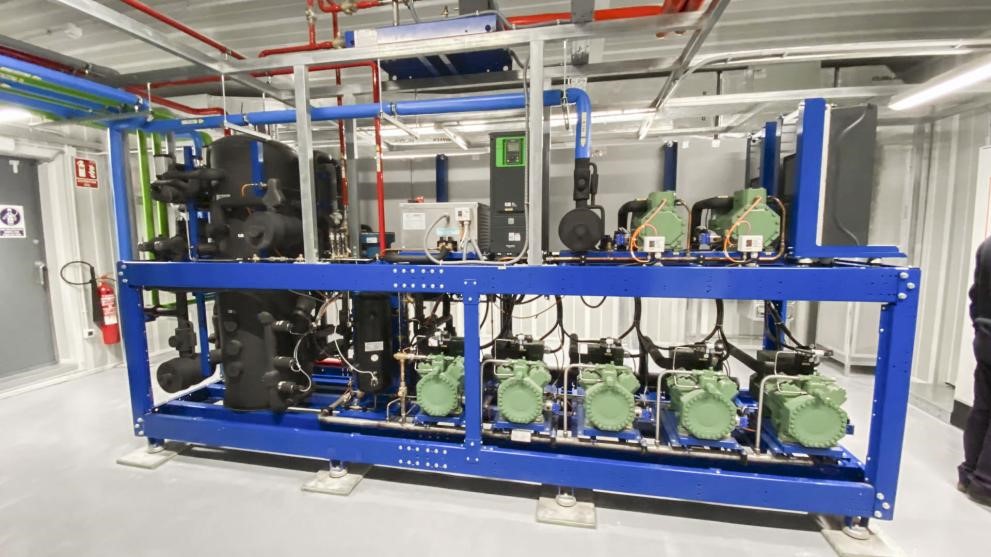In celebration of the International Day for the Preservation of the Ozone Layer, discover LIFE projects dedicated to its conservation.
The Earth’s atmosphere is a delicate balance of gases that sustains life as we know it. The ozone layer shields us from harmful ultraviolet (UV) radiation from the sun, protecting our skin and our ecosystems.
In the quest to safeguard this shield, the LIFE Programme funds various projects aimed at reducing emissions of harmful substances known as F-gases. Two such noteworthy projects are LIFE ICEGREEN and LIFE C4R.
Eco-friendly ice cream machines: LIFE ICEGREEN’s path to preserving the ozone layer
The LIFE ICEGREEN project, which concluded in June 2021, was a close-to-market project to find better ways to make ice cream machines. The project was developed in collaboration with Nemox, a leader in the ice cream and sorbet machines sector. Currently, most ice cream machines use hydrofluorocarbon (HFC) refrigerants, which are commonly used in refrigeration equipment for food production and preservation. When released into the atmosphere, HFCs have a substantial Global Warming Potential (GWP), contributing to nearly 8% of global greenhouse gas emissions.
The project successfully demonstrated the technical feasibility, safety, and commercial viability of innovative ice cream machines using propane as a refrigerant, thereby reducing greenhouse gas emissions.
‘Switching from conventional refrigerants to propane gas (R290) allows for tremendous reduction of CO2 emissions,’ noted Walter Procuranti, technical director of LIFE ICEGREEN. ‘In fact, it can reduce greenhouse gas emissions by 99.95%.’
This project not only addressed environmental concerns but also enhanced competitiveness in the global market. It aimed to develop a new business model for ice cream makers and promote low GWP technologies, creating a substantial positive impact on the environment and the economy.
Revolutionising refrigeration: LIFE C4R’s CO2 solution for a greener tomorrow
The LIFE C4R project, launched by Epta, aims to demonstrate the feasibility of replacing HFCs with carbon dioxide in commercial refrigeration systems. This innovative technological solution has the potential to reduce greenhouse gas emissions and improve energy efficiency. By implementing and testing prototypes, the project intends to showcase the benefits of this technology to reduce environmental impact and increase cost savings.
‘The Life C4R technologies FTE 2.0 and Extreme Temperature Efficiency (ETE) are today perceived as the most sustainable, advantageous and economical solutions in the sector,’ explains Francesco Mastapasqua, coordinator for LIFE C4R.
Additionally, the establishment of pilot projects in multiple EU countries will pave the way for the wider adoption of this eco-friendly technology.
As we celebrate the International Day for the Preservation of the Ozone Layer on 16 September, initiatives such as LIFE ICEGREEN and LIFE C4R show how innovation and sustainable practices can go hand in hand with protecting our planet’s fragile ozone layer.
Source: European Commission | European Climate, Infrastructure and Environment Executive Agency (https://shorturl.at/gopXZ)
